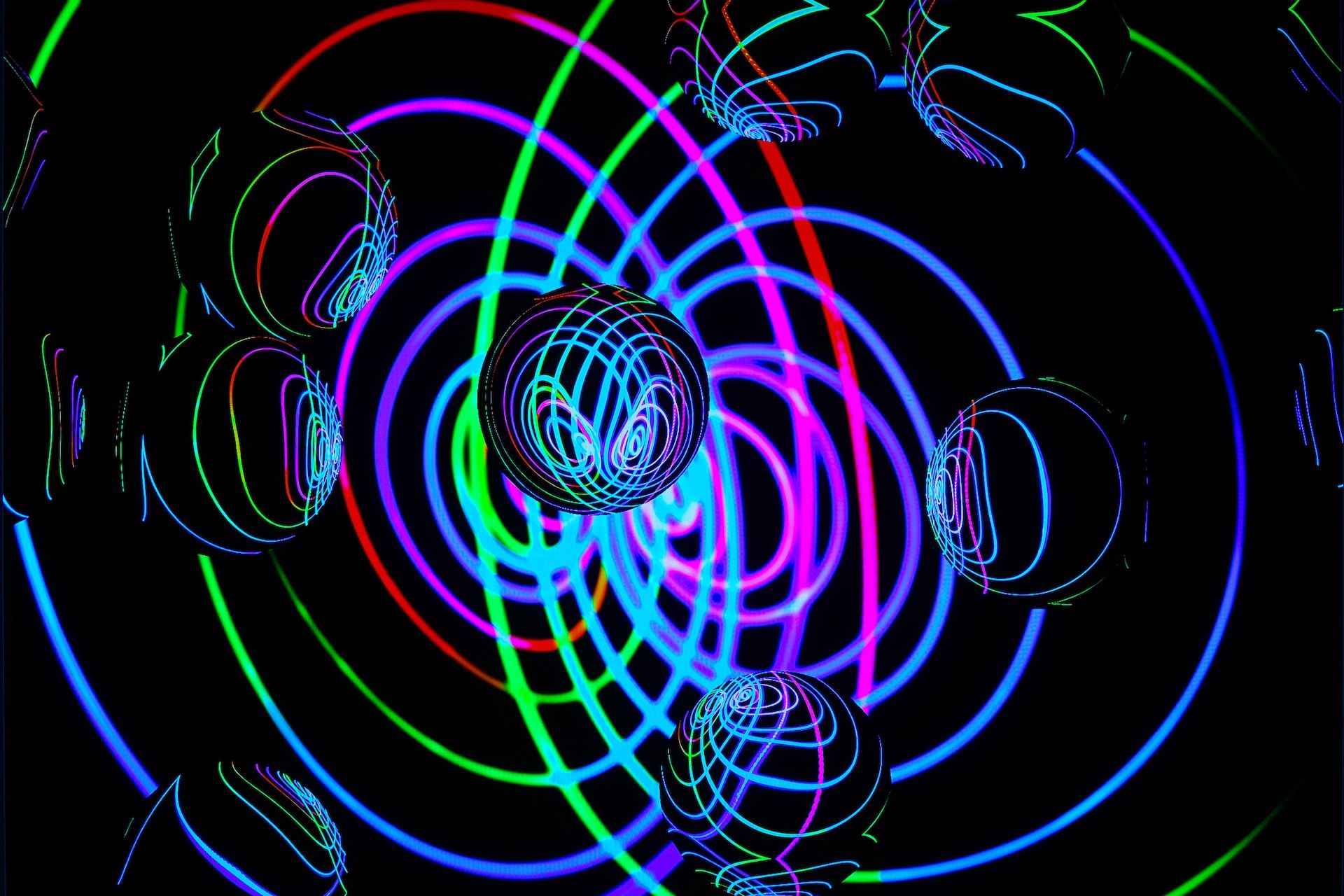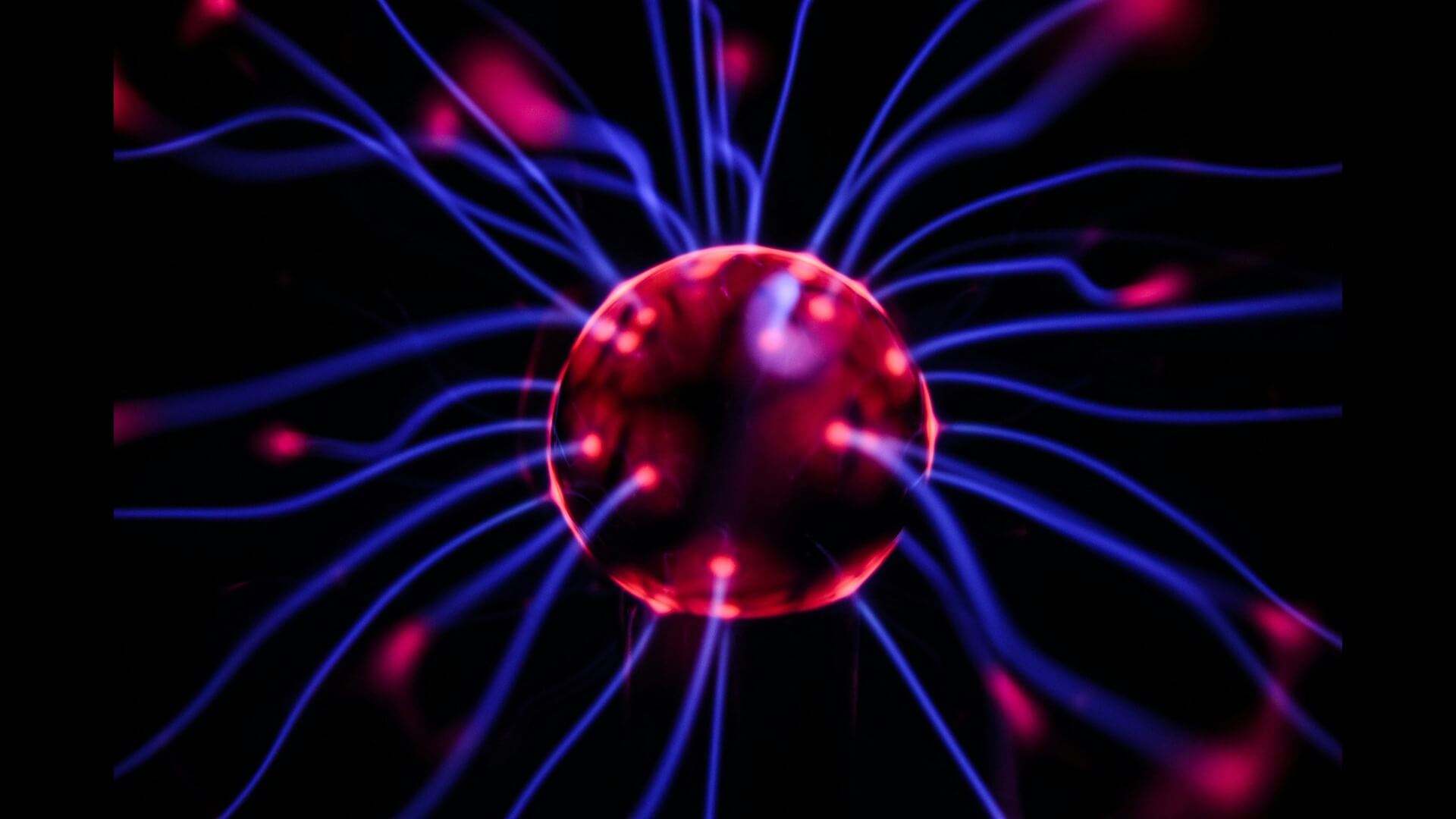
What Is String Theory?
July 2, 2019 - Emily Newton
Revolutionized is reader-supported. When you buy through links on our site, we may earn an affiliate commission. Learn more here.
You can’t talk about physics, even casually, without someone name-dropping the concept of string theory like they know what they’re talking about. What does it hope to prove, and who studies these theories? What toy would you use to play with Schrodinger’s theoretical cat? Let’s take a closer look at these questions and more to see if we can put the puzzle pieces together and figure out, once and for all, what string theory is.
Einstein’s Theory of Everything
Einstein gets credit for some of the most groundbreaking theories in the history of physics. Examples include general relativity and quantum mechanics. In the final years of his life, the preeminent physicist tried to create something new. He created a theory of everything. The theory ties together all the branches of physics into something compatible with our current understanding of the science.
Einstein’s quest for a unified physics theory has inspired many a young physicist, including Michio Kaku, who — among other things — built a particle accelerator in his garage while he was still in high school that won him a full ride to Harvard.
Kaku’s goal in life is to find that theory of everything. As he puts it, the “one-inch equation that explains everything.” That’s where string theory comes in.
Brilliant, Controversial and Unproven
String theory remains firmly in the realm of theoretical physics, and it is controversial in the scientific community. The idea first arose in the 1960s and ’70s because physicists were using strings to model the data produced by particle colliders in Europe at the time. In 1984, two physicists — Michael Green and John Schwarz — showed using these strings helped avoid some of the inconsistencies that kept showing up in physics models in the past.
That was where it started to get a little bit complicated.
String theory states everything in the universe is made up of one-dimensional vibrating filaments and membranes of energy. Filaments are also referred to as strings. Membranes are also known as branes. That concept is contrary to the traditional description of subatomic particles — typical models depict them as zero-dimensional point particles. The tricky bit with this theory is that these one-dimensional strings exist on either 10 or 11 different dimensions, depending on whom you ask. Five different concepts explain string theory. However, all of them remain unproven.
Talk about taking what you know about physics and turning it up to 11 — dimensions, that is. This is why string theory is so controversial. It’s almost too easy, despite its unproven status, to accept that this could be Einstein’s Theory of Everything — or at least a part of it.
Endless Possibilities
The fun thing about string theory is the fact that it creates nearly endless possibilities as it tries to reconcile quantum physics and general relativity. For it to even be feasible, there need to be several unobservable dimensions to the universe. Right now, we exist in four dimensions — length, width, depth and time. String theory doubles or triples that number of dimensions, and as of right now, we can’t see any of them.
String theory also opens the possibility for parallel universes to exist. We’ve fantasized about parallel universes or multiverses in science fiction for decades. However, string theory has the potential to turn it from science fiction into science fact. This theory predicts there are 10 to the 500th power different versions of space-time — each with unique laws of physics.
The only problem with this theory is dark energy — which makes up about 68% of our universe, even though we don’t know what it is. According to current philosophies, the dark energy that makes up more than half of our universe may be entirely incompatible with the concept of string theory.
The String Theory
While string theory might not be a toy for us to play with Schrodinger’s cat, we’re not entirely sure what it is, either. This theory tries to bridge the gap between general relativity and quantum physics. These two things don’t tend to mesh with our current understanding of the two sciences. String theory may not prove to be the answer we, or Einstein, were looking for. Nonetheless, for the moment, it’s the best tool we have to advance our understanding of physics and of the universe as a whole.
Revolutionized is reader-supported. When you buy through links on our site, we may earn an affiliate commission. Learn more here.
Author
Emily Newton
Emily Newton is a technology and industrial journalist and the Editor in Chief of Revolutionized. She manages the sites publishing schedule, SEO optimization and content strategy. Emily enjoys writing and researching articles about how technology is changing every industry. When she isn't working, Emily enjoys playing video games or curling up with a good book.







